09 Aug Commercial Host Liability
When people drink in a commercial establishment, does the bar or restaurant have a duty to ensure that they don’t leave the premises drunk and then drive? The Court considered this issue in Widdowson v. Rockwell, 2017 BCSC 385.
On the day in question, the Defendant and his co-workers went for drinks. While driving home, the Defendant attempted to turn right and lost control of his truck, striking the Plaintiff while he walked home from work. The Plaintiff suffered severe injuries, including a brain injury. The Defendant was “falling-down drunk” at the time of the accident. He was arrested at the scene and charged criminally. He later pled guilty to the dangerous operation of a motor vehicle causing bodily harm and was sentenced to nine months in jail.
The Court reviewed evidence from various witnesses, including the police officers, Defendant’s co-workers, and pub staff. The Court found that the Defendant’s blood alcohol was 0.334 at the hospital hours after the accident. The Court found that he was “drinking aggressively” at the pub, having consumed a large volume of beer, vodka drinks and fireball shooters. The effect of the alcohol was compounded by his fatigue from working long hours and lack of sleep. The Court found that the Defendant was visibly intoxicated by the time he left the pub. In addition, he continued to drink after he left the pub.
The Court considered some of the things a commercial host, such as the pub, could do to meet the standard of care and avoid liability in these cases:
- Ensure there are adequate supervision, monitoring and training systems in place so employees know and abide by responsible serving practices;
- Ensure there is a sufficient number of serving staff on duty so that effective monitoring of alcohol consumption by patrons is possible;
- Ensure employees know the signs of intoxication and the various factors that influence intoxication (gender, weight, rate of consumption, food, et cetera);
- Inquire if the patron is driving and identify any “designated driver” for groups of patrons;
- Know how to estimate blood-alcohol concentrations and ensure any driver does not consume more than the appropriate number of drinks to stay on the “right side” of the legal limit;
- Display “tent cards” on tables, posters on walls and washrooms, and menu inserts with easy-to-read charts and information about blood-alcohol concentration;
- Ask apparently-intoxicated patrons if you can contact anyone to assist them or if you can get them a taxi and, if necessary, offer to pay for it;
- Display posters advertising free ride-home services available in the neighbourhood; and
- If the patron rejects alternative options and insists on driving, despite being urged otherwise, contact the police to seek assistance and/or provide whatever information might encourage their intervention.
The Court found that the pub employee’s did not take any of these actions in the present case. The Court held that the Defendant’s intoxication was at least partly caused by his excessive alcohol consumption at the pub.
The Court then had to allocate fault between the Defendant and the pub. The Court noted that in most cases, the drunk driver should be primarily at fault, especially where the driver’s conduct is “completely inexcusable” and resulted in reckless endangerment of the public. In this case, the Court attributed 75% fault to the Defendant and 25% to the pub.
Commercial host cases can be complex, time-consuming and expensive to prove. At Acheson Sweeney Foley Sahota, we have the expertise to handle these kinds of cases.


